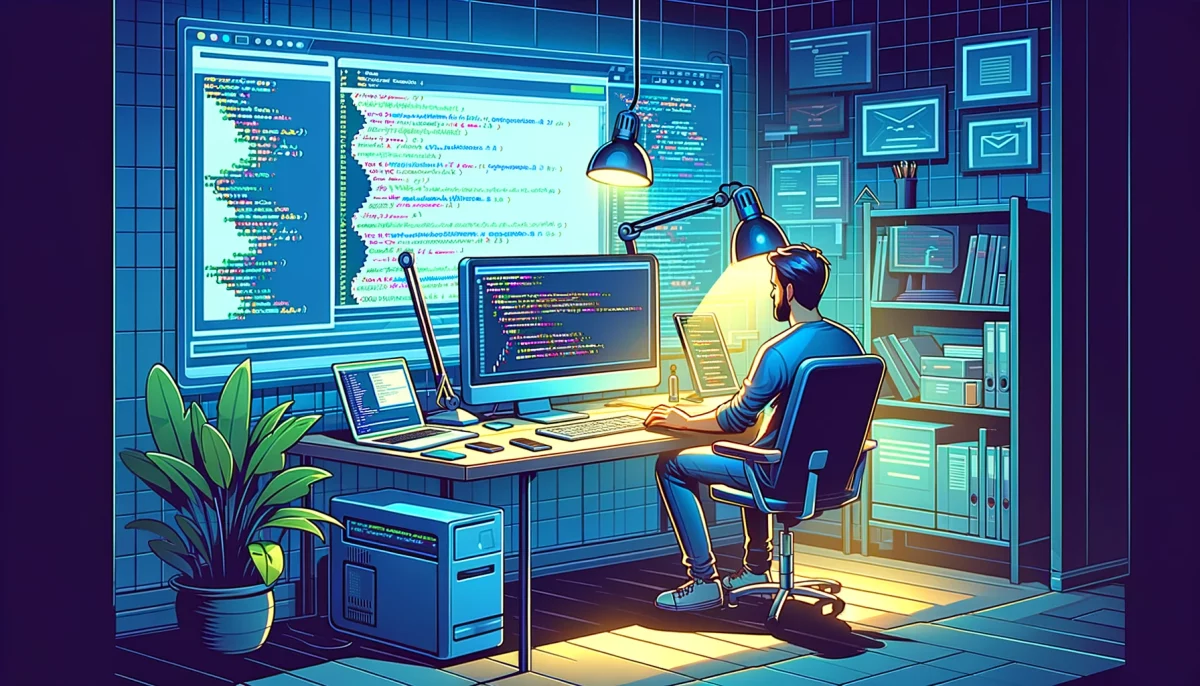As a developer, mastering CSS (Cascading Style Sheets) is crucial to creating visually appealing and user-friendly websites. CSS is a stylesheet language that is used to control the look and feel of a webpage, including its layout, colors, and font styles. In this article, we’ll cover the essential concepts of CSS that aspiring developers need to know.
CSS selectors
CSS selectors are used to target specific HTML elements on a webpage and apply styles to them. There are various types of selectors, including element, class, and ID selectors. Element selectors target elements based on their name (e.g., p for paragraphs), class selectors target elements based on their class attribute (e.g., .warning), and ID selectors target elements based on their ID attribute (e.g., #main).
CSS properties and values
CSS properties define the styling characteristics of an element, such as its color, font, or position. Properties are followed by a colon and a value, which specifies the desired styling for that property. For example, the color property can be used to change the text color of an element, and the font-size property can be used to change the size of the text.
CSS layout
CSS layout is used to control the positioning and arrangement of elements on a webpage. The display property can be used to specify whether an element should be displayed as a block or inline element, and the float property can be used to position elements alongside one another. The position property can be used to specify the exact position of an element on the webpage, and the grid and flex properties can be used to create flexible and responsive layouts.
CSS responsive design
Responsive design is the practice of creating websites that look and function well on a variety of devices, including desktop computers, tablets, and smartphones. CSS media queries are used to apply styles based on the width of the viewport, allowing developers to create websites that adapt to the size of the screen. This is important for improving the user experience and ensuring that your website is accessible to a wide audience.
CSS preprocessors
CSS preprocessors are tools that allow developers to write CSS in a more efficient and organized way. They add features to CSS, such as variables and mixins, which can make it easier to maintain and update stylesheets. Some popular CSS preprocessors include Sass, Less, and Stylus.
In conclusion, mastering CSS is an essential skill for aspiring developers. By understanding the basics of CSS selectors, properties, layout, responsive design, and preprocessors, you can create visually appealing and user-friendly websites that are optimized for a wide range of devices.
